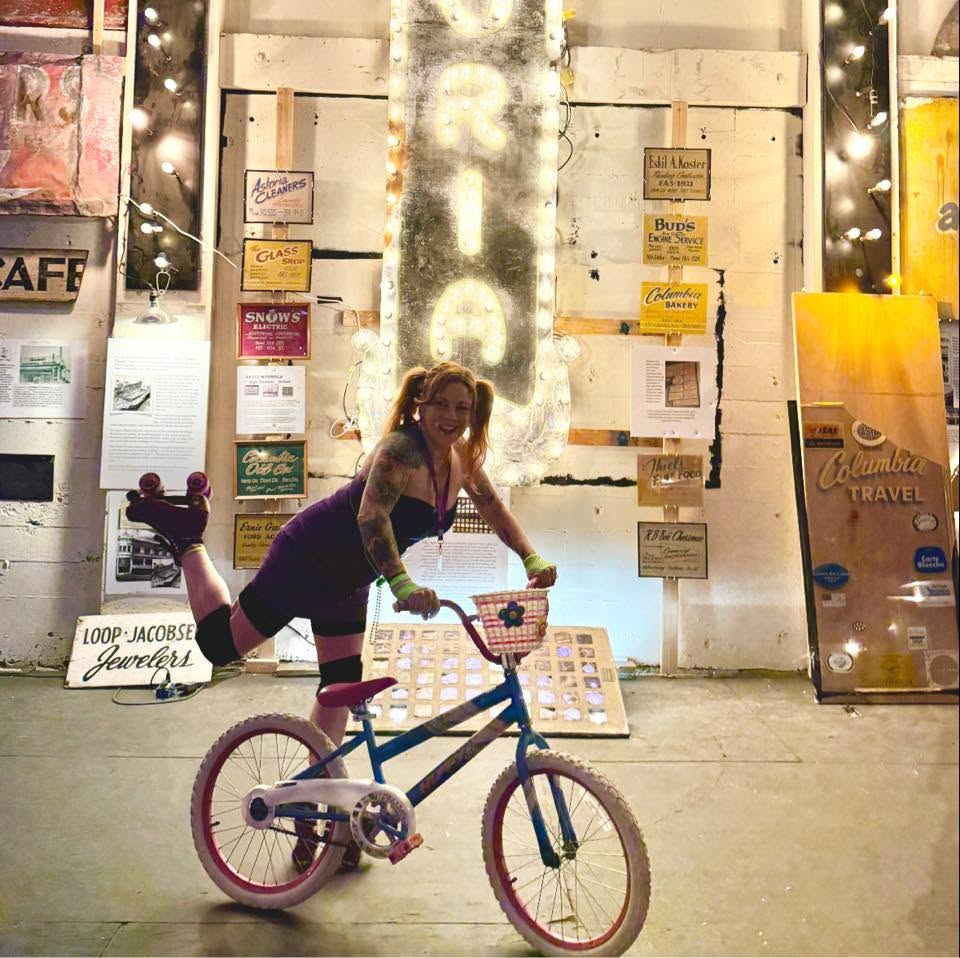The Commodore makes a comeback
Published 5:00 pm Thursday, April 30, 2009
This month the new and improved Commodore Hotel opens its doors for the first time in over 40 years.
Trending
Time capsule revealed
In 2007, investors Paul Caruana, Brian Faherty and Lance Marrs first set foot in the old hotel at the corner of 14th and Commercial streets downtown. The hotel’s accommodations are upstairs from ground-floor retail space that formerly held Chris’ News, a purveyor of tobacco and periodicals that had been there for years.
The aging Commodore Hotel itself had been closed up like a tomb since the 1960s, so long that most Astorians had stopped thinking of the space as a hotel at all. Its marquee and hotel sign were long gone, and the Commodore, invisible in plain sight, looked like many other anonymous upper floors above retail spaces downtown.
But when the three initially took a look at the property, they felt as though they’d stumbled on a lost gem, a seedy but genuine diamond in the rough.
Inside, the grimy building was like a time capsule – eerily frozen in place – filled with period furniture, an old ferry schedule tacked on the wall from before the Astoria Megler Bridge was built, a box of old photos, ashtrays complete with brittle cigarette butts, and hallways that reeked of dust.
Trending
Fast forward to May 2009, when the Commodore Hotel will sponsor a community party.
The open house will allow the public to see how two years of hard work and creativity can bring out the good old bones of a historic structure, while at the same time placing the hotel squarely, and beautifully, in the 21st century.
In a 2007 interview with CRBJ, Caruana expressed his vision for the Commodore.
“We want it to be historic but not old and stuffy,” he said. “Restored but with an edge. You’ll have a sense of what it was like to stay in Astoria in the 1960s.”
Meet the new Commodore
Step into the Commodore now, and you’ll see that edgy style melded seamlessly with original woodwork and skillfully chosen decor. The original graceful staircases remain, alongside a modern elevator. The lobby now sports playful free-form light fixtures and a cozy fireplace, along with elegant new woodwork and carpeting.
Upstairs, the once dingy hallways now have restored original doorframes, and new light fixtures. Rejuvenated skylights and an interior light well allow natural light into the hotel – features that had been boarded up for years even when the hotel was previously open for business.
Rooms feature new queen-size beds and other modern furniture. On bedside tables in each room sit Apple docking stations for iPods and iPhones to allow guests to enjoy their favorite music.
And if the mirrors on the walls look familiar, it’s for good reason.
“Those mirrors were salvaged from the old chests of drawers that were in the hotel,” Caruana said.
Of the hotel’s 18 rooms, some have private marble baths and lounge areas encompassing 250 sq. ft., while other smaller rooms follow the building’s original scheme and make use of shared bathrooms and showers on both floors.
Many of the design amenities and fixtures in the Commodore are the work of Caruana, Inc., among them beds set at a lower than normal height so they be comfortable as seating areas as well as for sleeping.
Caruana said he spent months working out this and a myriad of other details with Faherty and Marrs, making the hotel an artistic expression that represents all three of them.
“We all had a collective idea of what we wanted,” Caruana said. To help complete the vision, they also brought in other professionals.
A great deal of the décor in the hotel is the handiwork of Andee Hess of Osmose Design in Portland, who also designed the red chandelier in the lobby. Other light fixtures come from Schoolhouse Lighting in Portland, a company owned by Brian Faherty. Furniture in the hotel is a combination of local custom designs and pieces from Portland vendors. Caruana said the project included local businesses whenever possible.
Cannon Beach architect Jay Raskin oversaw the restoration effort. Raskin has a significant track record of restoration projects around the region, including the Hotel Elliott and the 14th St. Pilot Station, both in Astoria. Raskin also consulted with Astoria historic Astoria historic preservation expert John Goodenberger.
The Bank of Astoria financed the project. Caruana said it cost over $2 million to complete renovation of the 11,000 sq. ft. hotel.
Grand opening May 9
The Commodore Hotel is slated for a soft opening on May 1, but the hotel will stage its grand opening the next weekend on May 9.
That coincides with Astoria’s Arts Night Out event, when downtown galleries and other businesses stay open late to draw visitors. The community open house party will feature music by Stewart Entertainment and refreshments, from 6 pm to 10 pm.
Caruana said the Commodore is completely booked for those first two weekends.
“Room rates are between $69 and $169,” he said.
What’s next?
The only missing piece left in the building’s renovation is the still empty ground floor storefront at the cornerstone of the building. Caruana said tentative plans for a coffeehouse and café are on hold for the moment.
“The right business will help boost hotel occupancy,” Caruana said, his attention to detail showing through. “We’re holding out for the right person.”
Now that the Commodore is open for business, it becomes the only other hotel in the downtown commercial district, along with the luxury Hotel Elliott.
The Commodore, according to Caruana, was designed overall to appeal to the McMennamin’s demographic – younger guests seeking an original but affordable European-style travel experience.
The McMennamin’s hotel chain, which has numerous locations around the Northwest, features whimsical, innovative revamps of older structures.
The Commodore is just one of several Astoria renovation projects Caruana has taken on with business partner Brian Faherty in that same 14th St. corridor. The two also rebuilt and developed the Shark Rock Center, which now houses the Astoria Cooperative, the Sleep Medicine Network and Fidelity Title. Faherty and Caruana are also in the process of renovating the Norblad Building and the Astor Hotel, historic buildings that are also on 14th St.









